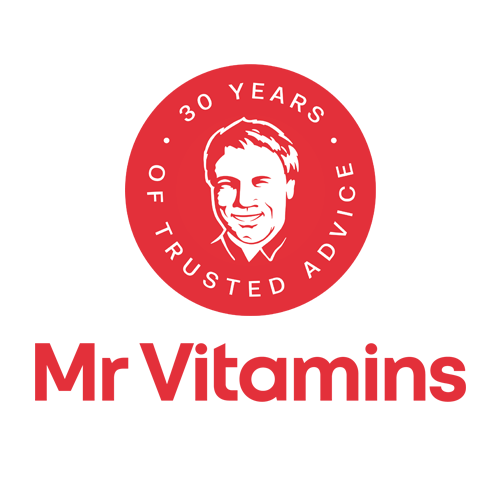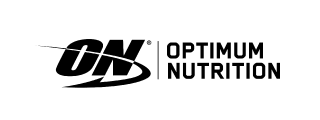
- Health advice
- Mar 05, 2018
There is currently a lot of information and misinformation around what we should be feeding our animals. As a naturopath I have found it easier to navigate this by considering the evolutionary history of cats and dogs and how their digestive systems have adapted to give them their current physiology, as I am then working with what nature has provided. I use this to help me provide my pets with the nutrition needed to give them the best health.
Are dog and cat digestive systems the same as humans?
Dogs and cats have a significantly shorter gastrointestinal (GI) tract compared to the longer length of human beings because meat and raw animal products are easier to breakdown. The gastric environment is also more acidic (approximately pH of 2) than that of humans (pH of 4) because high acidity favours the breakdown of raw meats and bones and it kills any pathogenic bacteria they may contain. This is particularly helpful function for the scavenging nature of many dogs. The Human GI is longer because as omnivores, we are adapted to eating more complex foods such as as grains and complex carbohydrates which require a much longer digestion time. Cats and Dogs have been our companions for hundreds of years but have not evolved the ability to digest cellulose and other plant materials into glucose for energy. It makes sense to me that we should be giving our companion animals foods that they have evolved to eat. With the growing number of chronic diseases in our pets such as obesity, diabetes, arthritis and kidney disease is there a link between the mainstream manufactured pet foods which are heavy in grains and these statistics? Having said that it does not mean that we need to avoid commercially prepared foods. It is necessary to read the labels to ascertain if the contents are suitable for the animals in our care. Dogs and cats have distinctly different nutritional needs.What’s in Commercial Pet foods?
Many commercially produced pet foods contain high levels of grain based content: corn, wheat, and poor quality proteins (animal by-product meal). This is what makes commercially produced pet foods cheap and filling. The advantage of commercial foods are that they are often fortified with essential nutrients but sometimes they are over fortified which can lead to problems for animal health.What about if I make my own?
If you elect to feed your pet a home made fresh diet it’s a great idea- you will know exactly the quality of the food they are getting. Please be aware that you do need to know what the nutritional requirements are to avoid any nutritional deficiencies. Human grade foods are considered to be best as they will be free from contamination and disease. Be aware of the specific nutrients for your animal’s health; cats in particular, have very specific nutritional requirements.What dogs need in their diet.
Domesticated dogs are mostly carnivores but also consume other foods.They have large pointed canine teeth, designed for ripping and tearing, much larger than in humans and a short GI tract indicating they are designed for quick digestion for animal meat. In the wild they would ingest small amounts of vegetable matter or whatever else was contained in the stomach’s of their prey. They have evolved to have this kind of diet. If giving fresh meat, ensure it is human-grade and then observe good hygiene practises to avoid any cross contamination in your home. Commercial bone products, pet meat, pet mince and pet rolls can contain preservatives that are detrimental to a dog’s health so please read the label. The inclusion of vegetables and occasional fresh, raw meaty bones provide your pooch with a balanced meal. Choose high-quality and grain-free commercial foods prepared by good pet food manufacturers.Foods you should never feed your dog
These foods are known to be harmful to dogs and can make them ill: ● avocado ● chives ● chocolate ● citrus fruits ● coconut and coconut oil ● coffee ● cooked bones ● cooked manufactured meat ● garlic ● grapes ● milk ● nuts ● onions ● raw yeast dough ● salt ● sausages and sausage meat ● tomatoesWhat cats need in their diet.
Cats are obligate carnivores which means that they get all of their nutritional requirements from meat. All of their teeth are pointed, designed to slash, tear and puncture. Their raspy tongues are designed to be scrape food from bones. Cats require high quantities (90% of their diet) of animal proteins and fats to survive. Their bodies are not at all adapted to grain based foods and although they can enjoy a small amount of vegetables they cannot survive on a vegetarian or vegan diet alone. This adaptation for low/no carbohydrate consumption means little glucose is available for absorption via their digestive tract as humans do. Cats make their glucose in the liver. If offering fresh, raw meat it should be of human grade (avoiding any preservatives that can damage your cat’s health) and remember to include organ meats only once or twice a week; hearts, liver and kidneys must be included in your cat’s diet to ensure they get a balanced diet. You must rotate all three as they contain varying nutrition and bio-availability particularly taurine, an essential (to cats) amino acid. Organic chicken offal is easily and cheaply available. It also freezes well. The last 10% of the diet can included raw vegetables finely chopped and incorporated into their feed. I regularly give my cats minced carrot, greens and parsley and they love it! I prefer to offer fresh, raw meats to my cats including raw chicken necks and wings, but if you want to go for ready made foods then read labels to ensure it is grain free to support your feline’s natural digestion, that it includes organ meats or is fortified with taurine. There are now many commercially prepared, grain free wet and dry foods available at pet food stores and at the supermarket. As cats tend to graze, they may prefer to eat several smaller meals throughout the day and night.Foods that cats should avoid
These foods are known to be harmful to cats and can make them ill: ● avocado ● chocolate ● coffee ● cooked bones ● cooked manufactured meat ● garlic ● grapes ● milk ● nuts ● onions ● sausages and sausage meat There is currently no research to support fresh or raw feeding as beneficial over commercially prepared pet foods. It is only my opinion that raw foods makes a lot of sense and go with what nature has provided cats and dogs. This fits with the natural health perspectives of naturopathy and I see it reflected in the health of my companion animals in their glossy coats, healthy teeth and infrequent visits to the vet!Article by Desley Hatfield | Naturopath
References:
- https://rawdogfood.co.uk/interview-raw-feeding-vet/
- https://www.rspcansw.org.au/what-we-do/care-for-animals/
- https://www.greenpet.com.au/feeding-raw-dogs-cats-vets-perspective/
- www.cpp.edu/Jolitz.pdf Digestive Tract Comparison
Related Articles
Recently Viewed
- ${ variant.price | currencyFromCents } | ${ variant.title } ${ variant.price | currency } | ${ variant.title }
Sale










